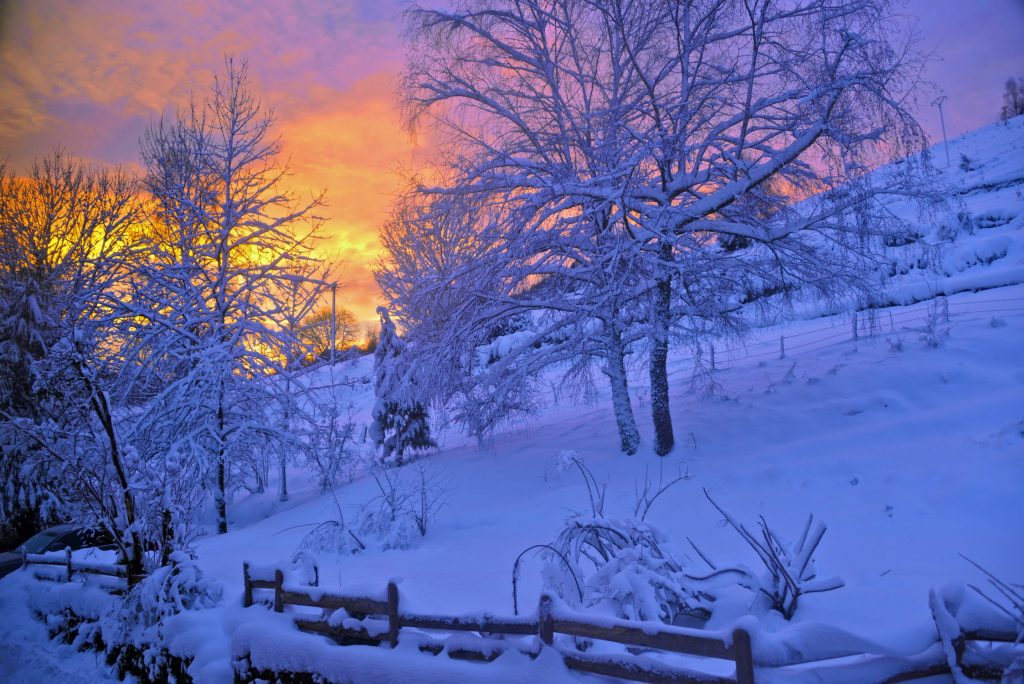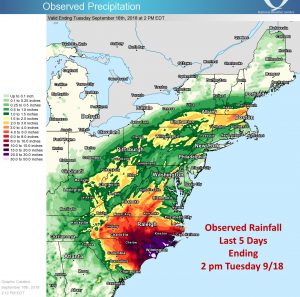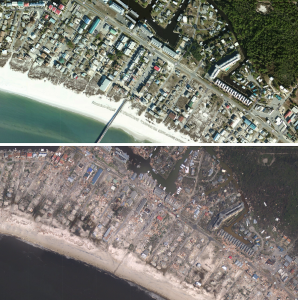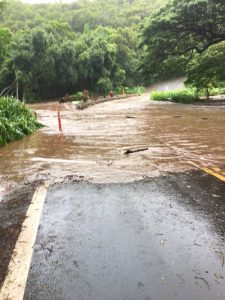
November 30 marks the end of the 2018 Hurricane Season for both the Central Pacific and Atlantic basins; December 1 marks the first day of meteorological winter. While tropical threats haven’t been in the forecast for a while, winter storm threats have, with a few arriving in November. The next significant winter storm may even strike next weekend somewhere on the US East Coast.
December 1 marks the arrival of the 2018-2019 Meteorological Winter Season. Meteorological winter is a three month period that runs through to the end of February. In the Northern Hemisphere, it is the coldest three month period of the year. Meteorological Winter is different from Astronomical Winter, which is based on when the sun reaches the most southern point on the globe, the Tropic of Capricorn. If you are right on the Tropic of Capricorn at 12 noon on the first day of Astronomical Winter, the sun will be directly overhead. This year, that date is Friday, December 21. While winter is starting in the Northern Hemisphere, summer begins in the Southern Hemisphere. The word “winter” comes from the Germanic “wintar” which in turn is derived from the root wed meaning ‘wet’ or water’, and so signifying a wet season. In Anglo-Saxon cultures, years were counted by the winters, so a person could be said to be “2 winters old”.

While meteorological winter begins, people are still picking up the pieces from a destructive 2018 hurricane season that impacted both the Central Pacific and Atlantic hurricane basins with severe tropical cyclones.

In the Atlantic, 15 named storms formed; 8 of those became hurricanes, 2 of which became intense hurricanes. Four storms struck the continental United States this season: Alberto, Florence, Gordon, and Michael. Florence and Michael were by far the most destructive of the season. Hurricane Florence made landfall at Wrightsville Beach, North Carolina, on September 1. While Florence struck the coast as a Category hurricane, it lingered over the Carolinas for days, bringing flooding rains over an extended period of time. Florence was responsible for 53 deaths with estimated losses from the storm expected to exceed $10billion. On October 10, Hurricane Michael struck the Florida panhandle as a strong Category 4 hurricane. It is possible that additional analysis from the National Hurricane Center could re-categorize it as a category 5 storms. Michael was one of the strongest landfalling storms on record, with powerful winds and a destructive storm surge leveling portions of the Gulf coast. Michael was responsible for 49 deaths.

The central Pacific also had a busy season, with storms Hector, Lane, and Olivia impacting the weather in Hawaii. Hector brought rough surf to the islands and overcast skies to Hawaii’s Big Island, passing just south enough to spare the Aloha state any bad weather. When Lane approached the islands, while a landfall didn’t occur, significant flooding did, especially near the city of Hilo on Hawaii where more than 4 feet of rain fell. Olivia struck the island of Maui as a Tropical Storm, the first storm to do so on record.
While meteorological spring will begin on March 1, 2019, the 2019 Hurricane Season for both the Atlantic and Central Pacific basins will start on June 1, 2019.